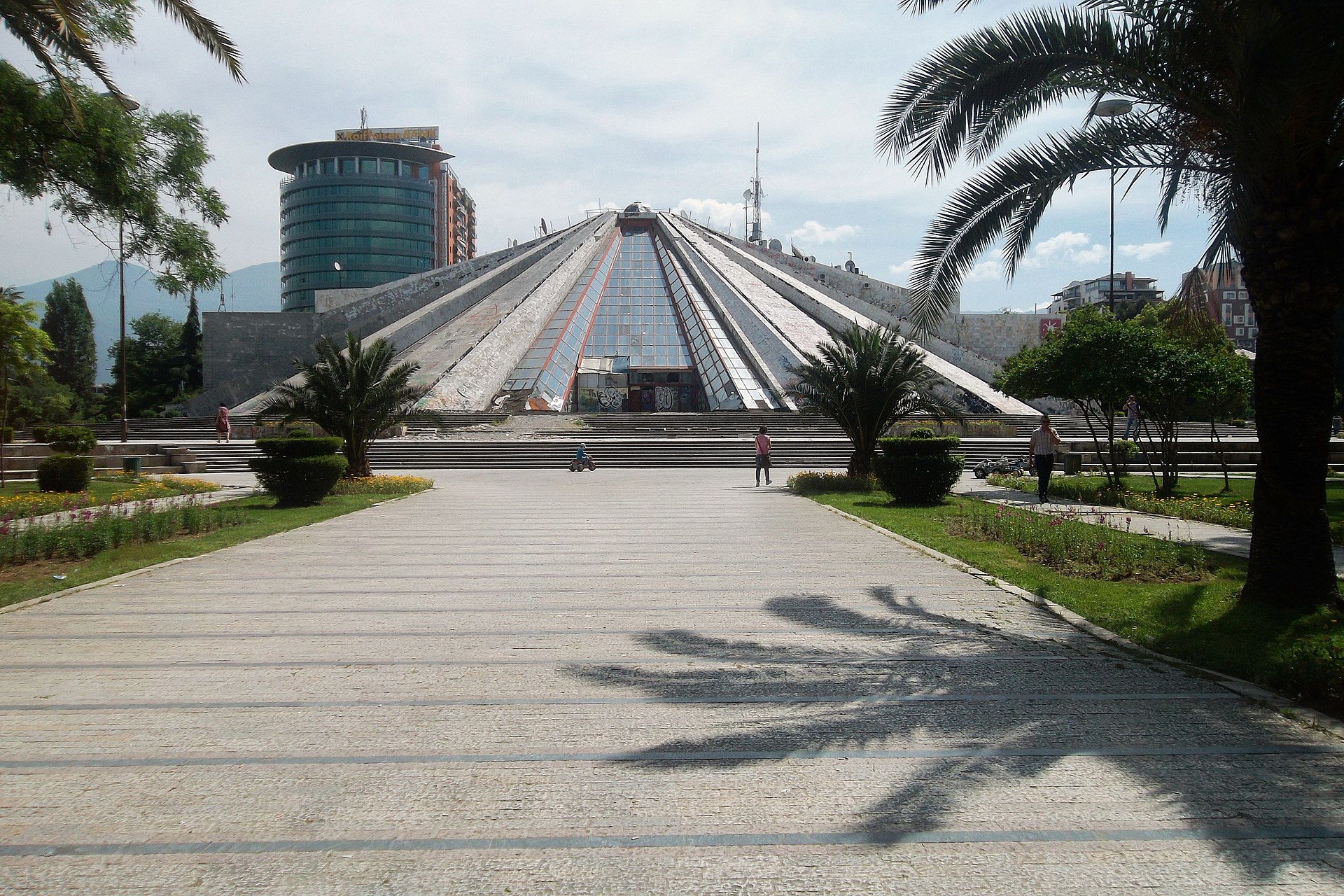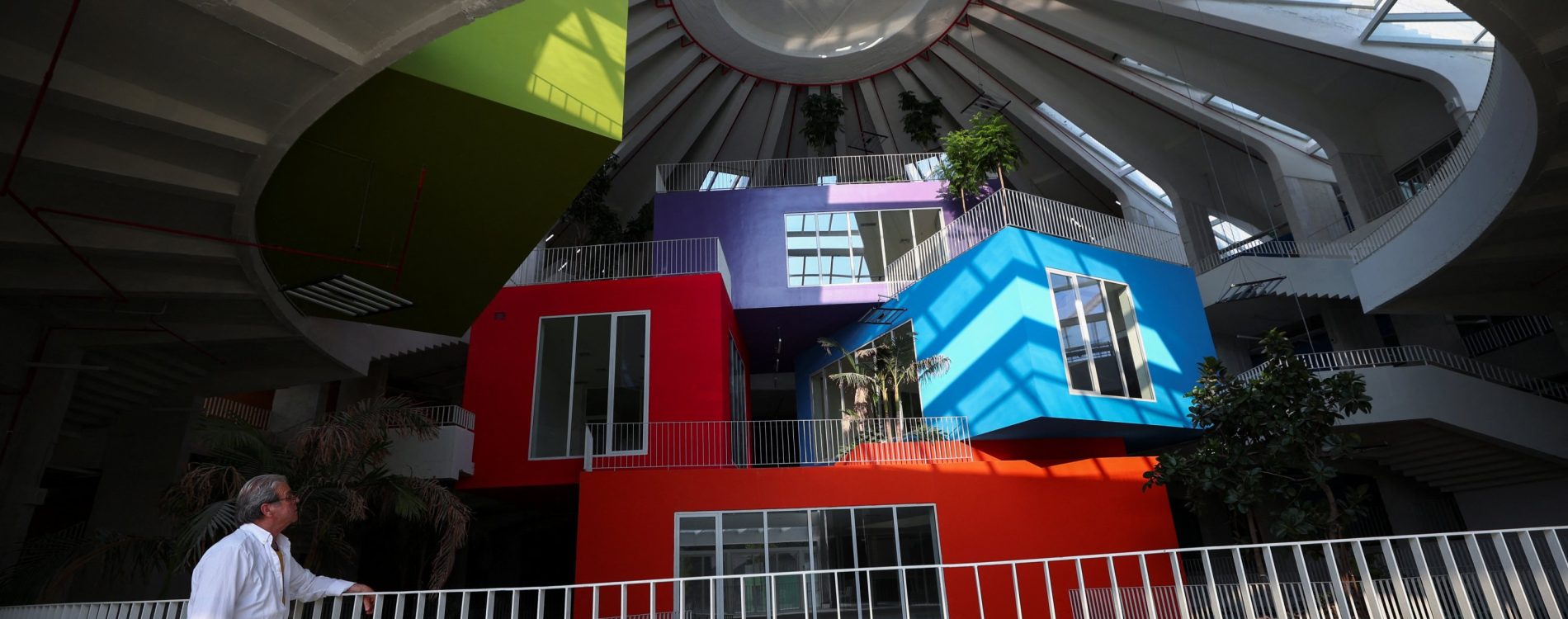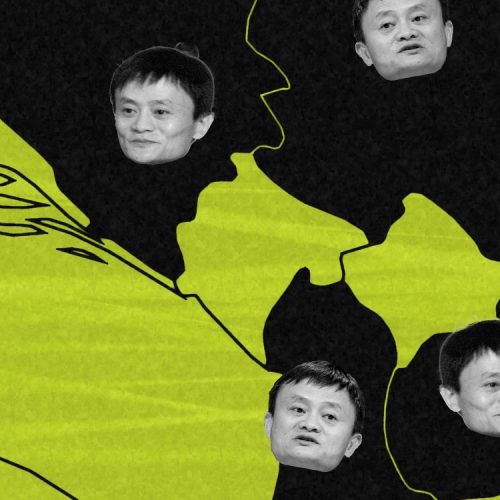During the 1980s, Albania witnessed the construction of a museum dedicated to commemorating the prolonged rule of Communist dictator Enver Hoxha. However, a transformative change is now underway as this museum is being converted into a cutting-edge computer training center, with a focus on educating the nation’s youth. This transformation signifies the removal of one of the last enduring symbols of Albania’s history marked by isolation and oppressive governance.
In its earlier incarnation, the building showcased personal belongings and oversized photographs of Hoxha, who subjected Albania to a stringent Stalinist regime for four decades. While he made strides in areas like literacy and healthcare, much of the Albanian population endured regimented poverty and isolation from the rest of the world.

Today, under the visionary redesign by Dutch architect Winy Maas, this former museum is set to become a hub for hundreds of eager young Albanians seeking education in computer technology and coding. This initiative aligns with the government’s efforts to foster closer ties with the European Union.
The original architects, including Hoxha’s daughter Pranvera, had designed the structure in the form of a pyramid, symbolically elevating the leader as an Egyptian-style pharaoh.
The museum’s completion in 1988, a mere three years after Hoxha’s passing and two years before the collapse of the reclusive Communist rule in favor of democracy, marked a critical moment in Albanian history. Leon Cika, one of the museum’s original curators, foresaw it as “the last shovel for a monument to communism” in Albania, coinciding with the crumbling of Soviet-dominated regimes across Eastern Europe.
In the turbulent aftermath of Communism’s demise in the Balkan nation, the pyramid-like sides of the building, which have been preserved during the renovation, served as impromptu slides for children, filling the void left by the absence of playgrounds.
The revamped circular exterior boasts staircases that locals and tourists ascend to enjoy panoramic views of Tirana, the capital city that has evolved into a modern and vibrant urban center.
Inside, the cubistic design resembles stacked containers, soon to be transformed into classrooms, rising several stories toward the original glass dome.
For years, Albanians remained divided on how to repurpose the building in line with their evolving democracy. Some advocated for its demolition, resentful of Hoxha’s repressive legacy, while others championed its preservation as an architectural icon.
Over the years, the building served diverse purposes, hosting a nightclub, a TV station, and even NATO officials during the alliance’s intervention in neighboring Kosovo in 1999.













